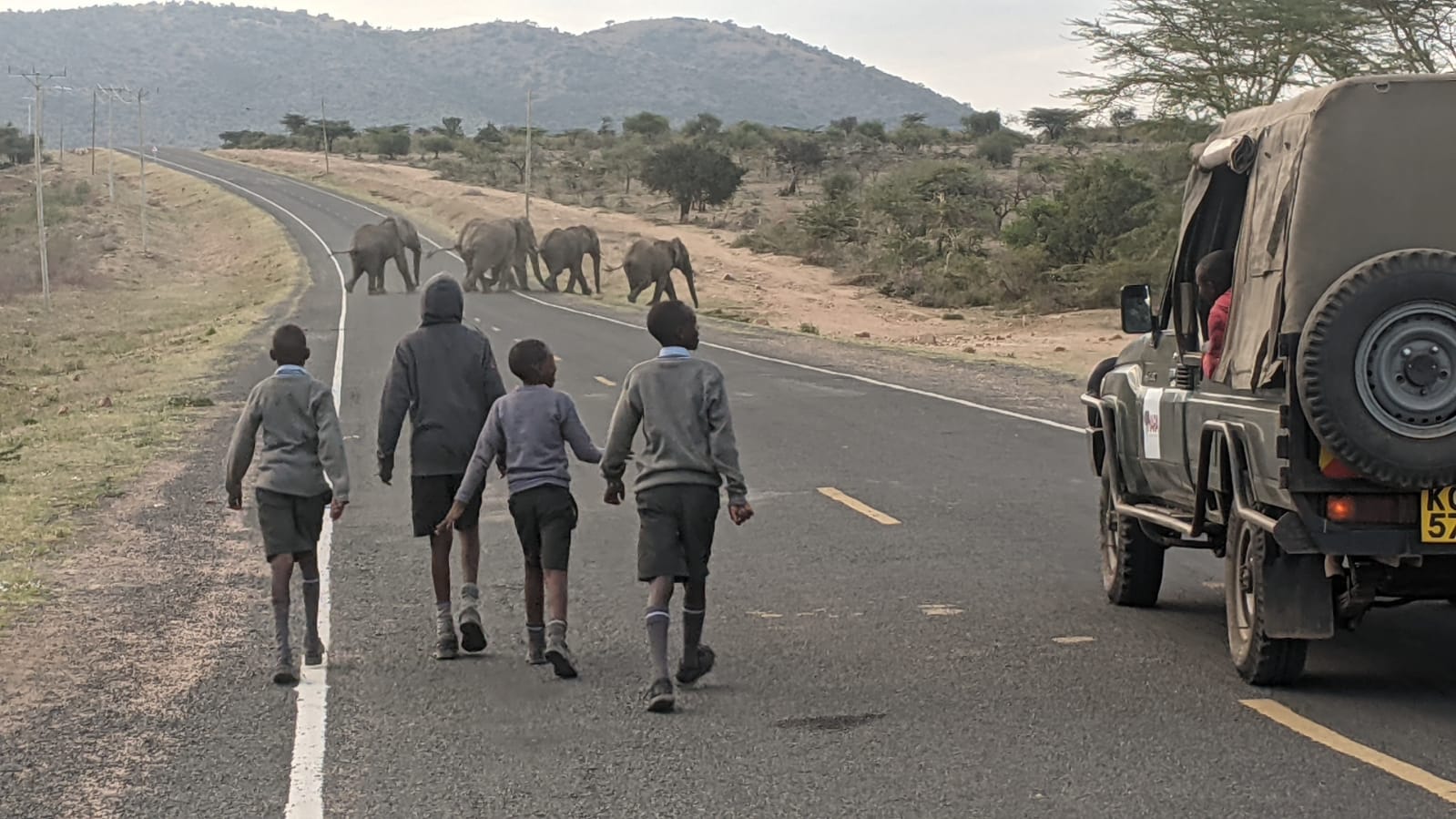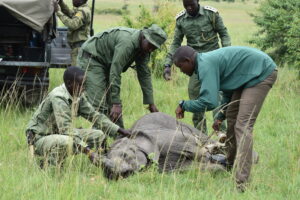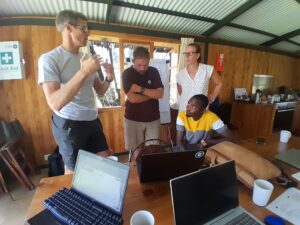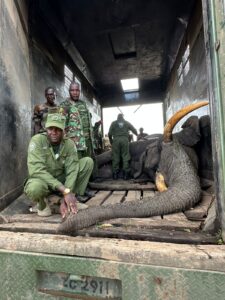It was a rare day on October 7 when not one, but three baby elephants needed treatment for snare wounds. While rangers from the Mara Triangle were on patrol, they spotted all three babies in the same herd, all with snares wrapped around their bodies that needed to immediately be removed and treated. Kenya Wildlife Service (KWS) Vet Dr. Limo was rushed in using the Mara Elephant Project leased helicopter while Mara Triangle, Anne K Taylor Fund and MEP rangers supported operations on the ground.
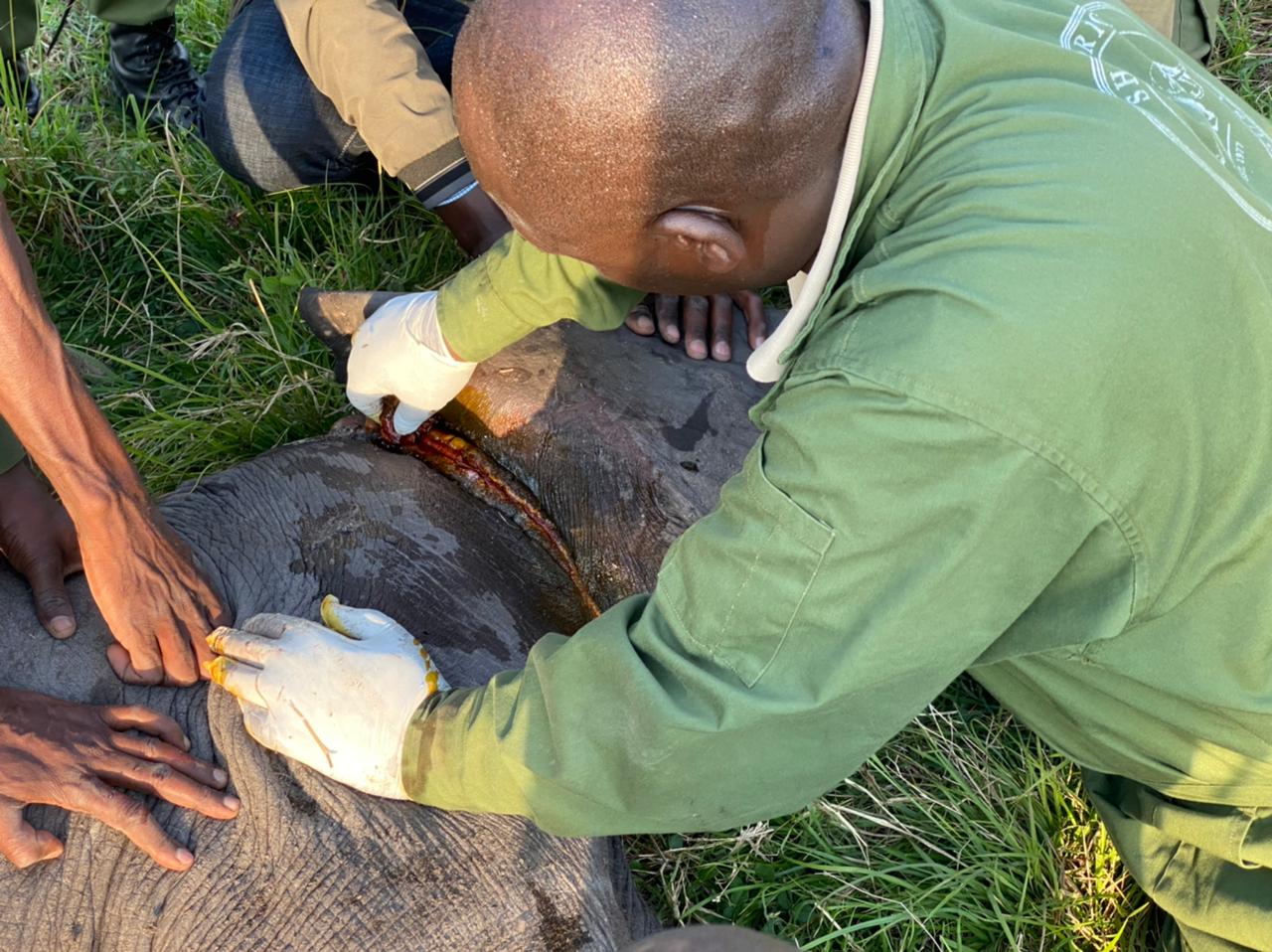
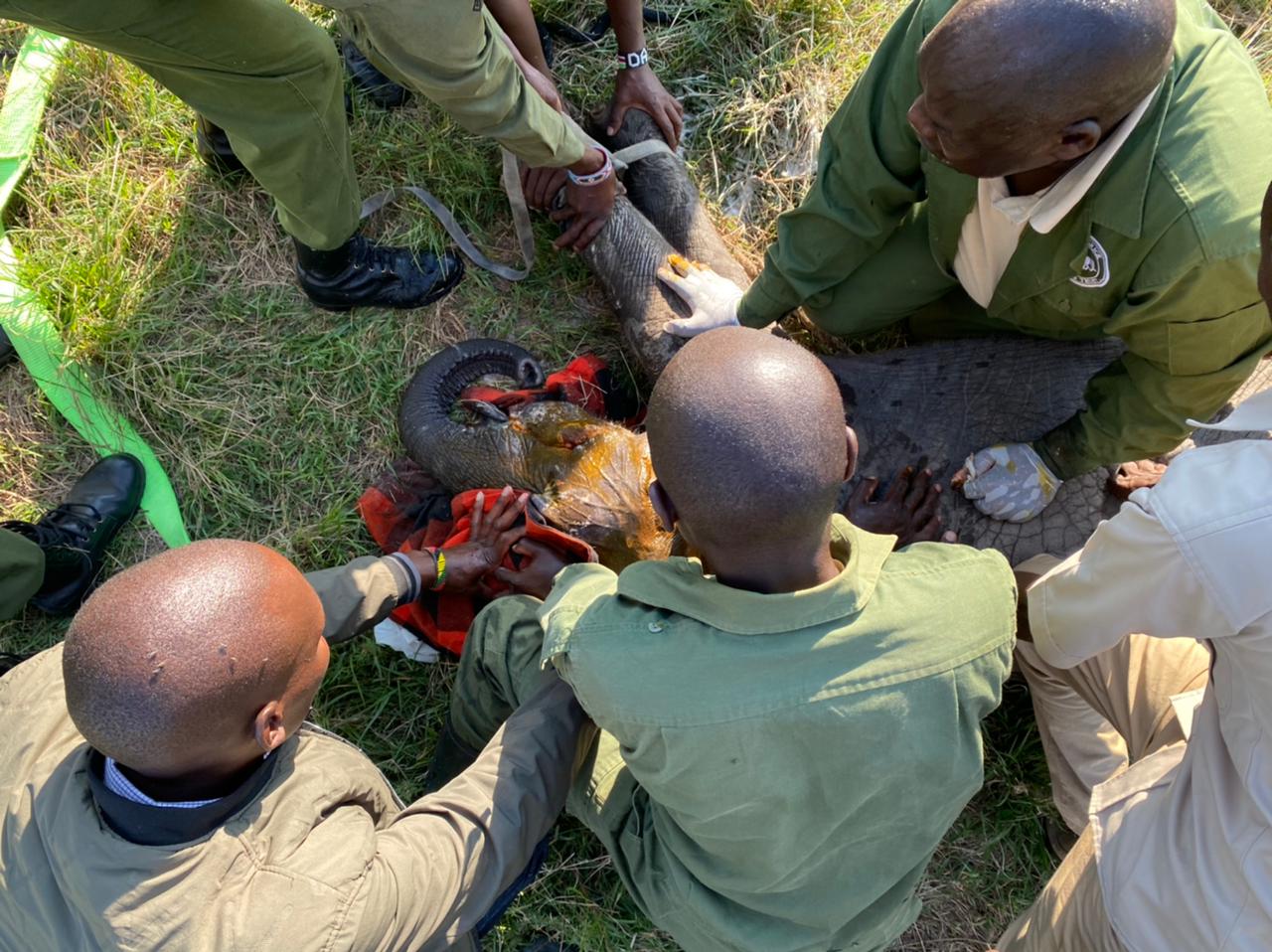

Two calves had snares around their necks, while one not only had one around his neck, but also his right foot. Dr. Limo from the KWS / Sheldrick Wildlife Trust (SWT) Mara Mobile Vet Unit and his team went to work and successfully removed the snares and treated the wounds of all three babies. After treatment, thanks to the joint ranger teams’ efforts, the babies were reunited with their mothers and monitored by the rangers who stayed on the ground to ensure they were safe and healing.
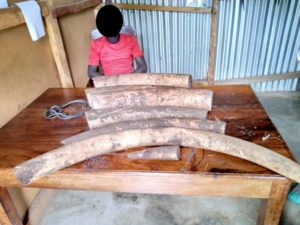 On October 24, KWS arrested one suspect based MEP intelligence and confiscated 51 kg of ivory. The suspect had seven pieces of ivory, and after interviewing the first suspect, a second suspect was arrested.
On October 24, KWS arrested one suspect based MEP intelligence and confiscated 51 kg of ivory. The suspect had seven pieces of ivory, and after interviewing the first suspect, a second suspect was arrested.
The “Charlie” SWT Mau De-Snaring Unit successfully destroyed eight active kilns and confiscated 41 bags of charcoal over the last two weeks. This male and female ranger team is current patrolling in the western portion of the Mau Forest. While the “Golf” SWT Mau De-Snaring Unit is in the eastern Mau, and on October 13 arrested two bushmeat poachers. Then, on the 16th they destroyed one active kiln and confiscated 92 red cedar posts and 43 timbers found in a storage unit. Then on October 18 at night, they found 17 donkeys transporting cedar posts and arrest four people and confiscated 265 posts.
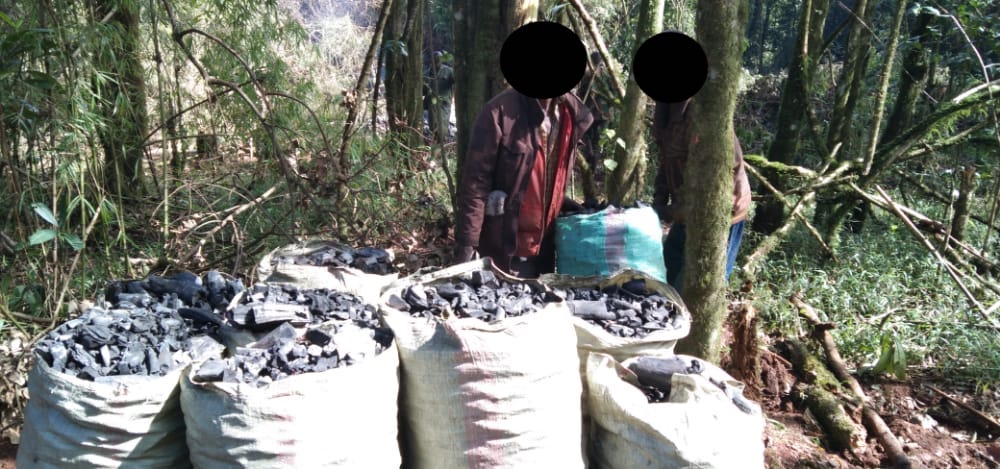

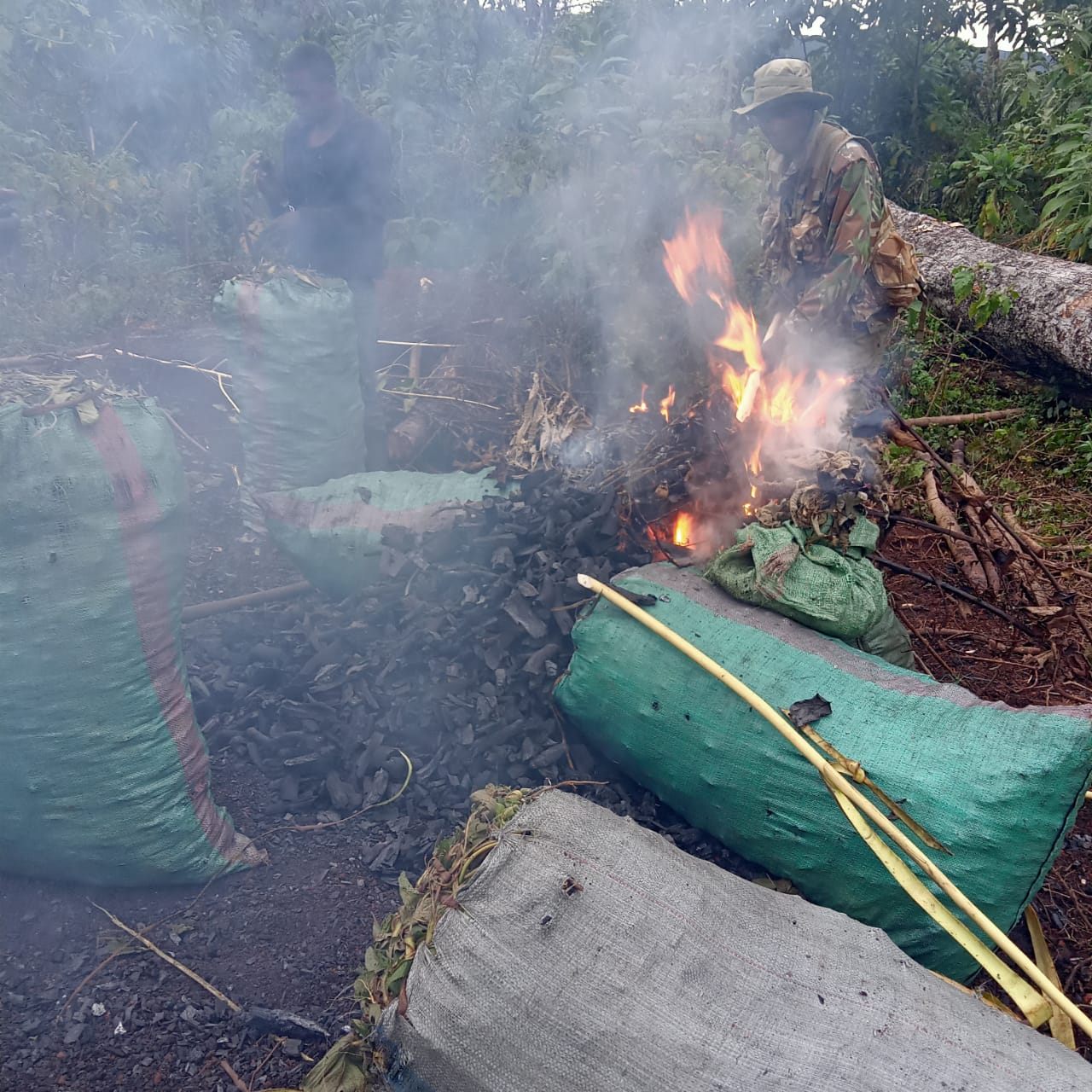

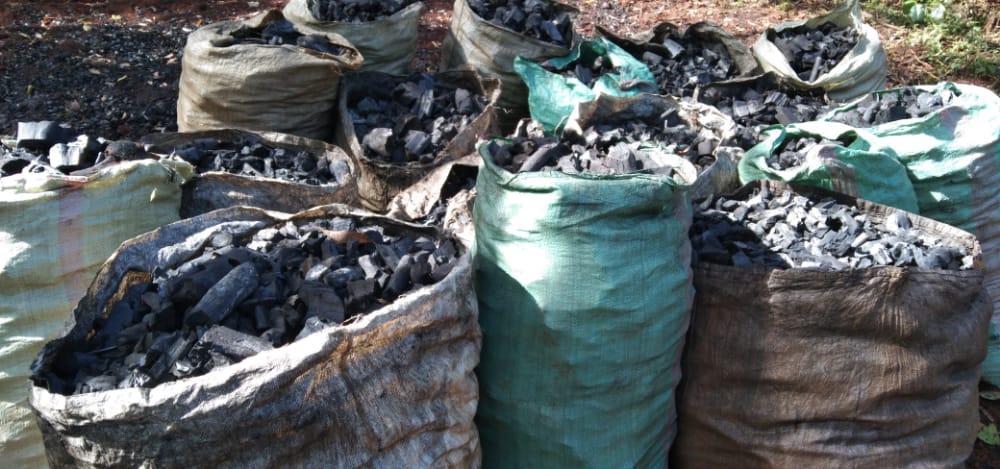
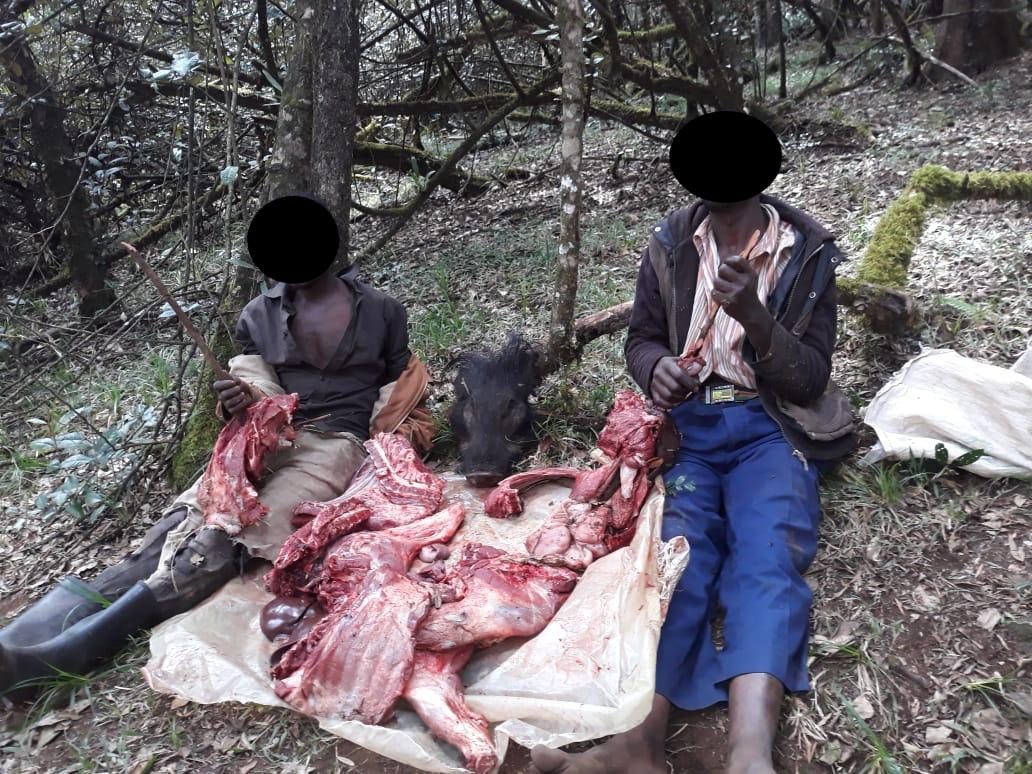
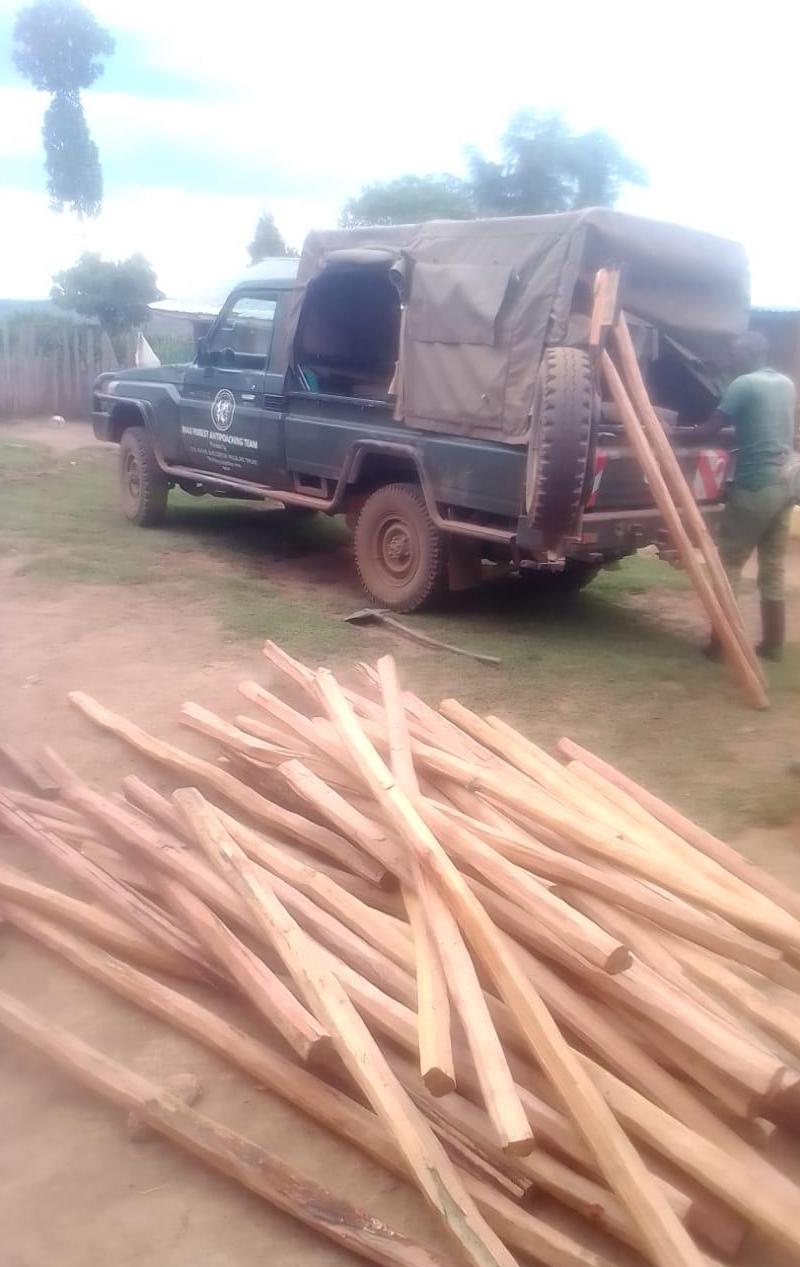
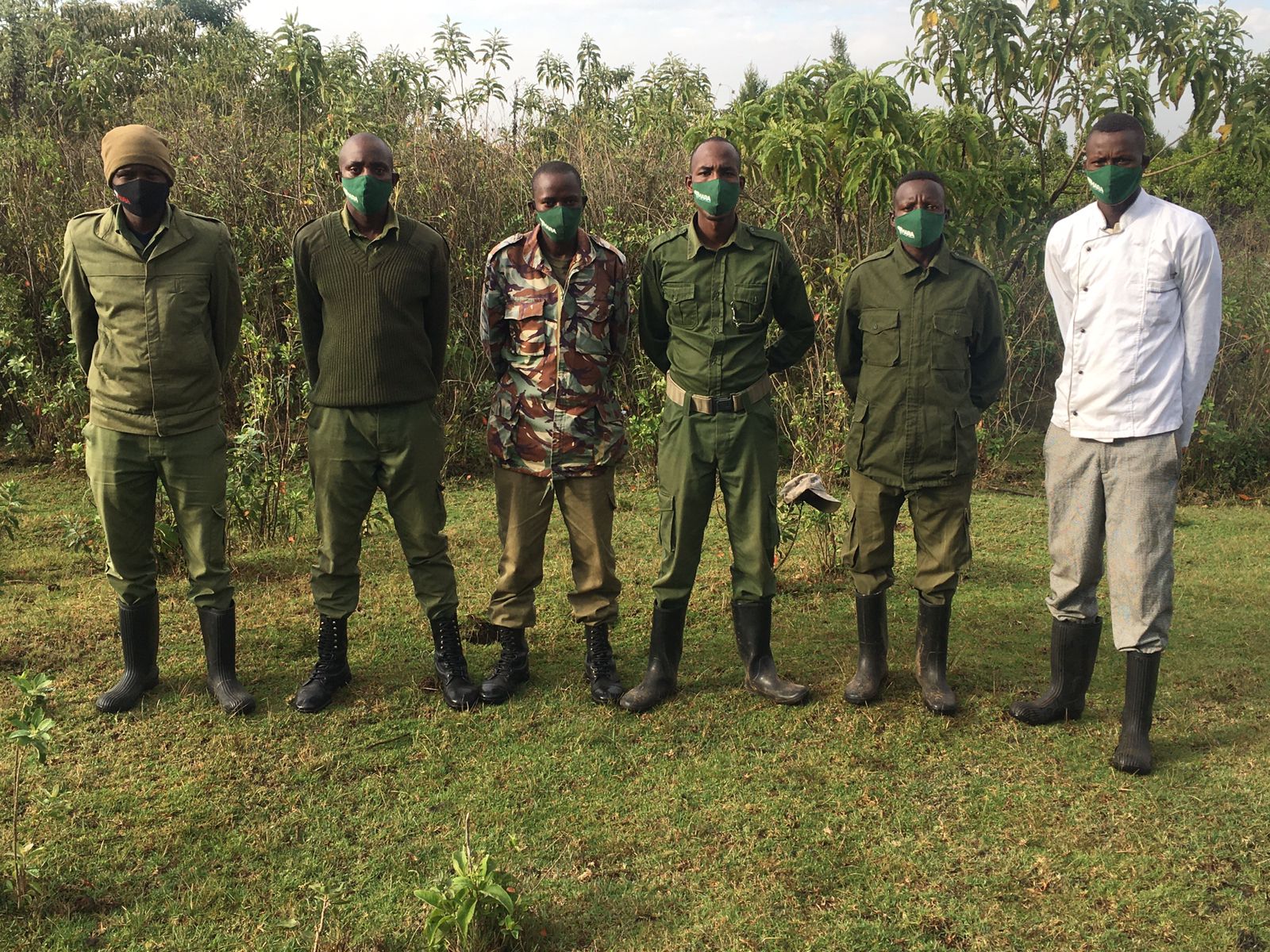
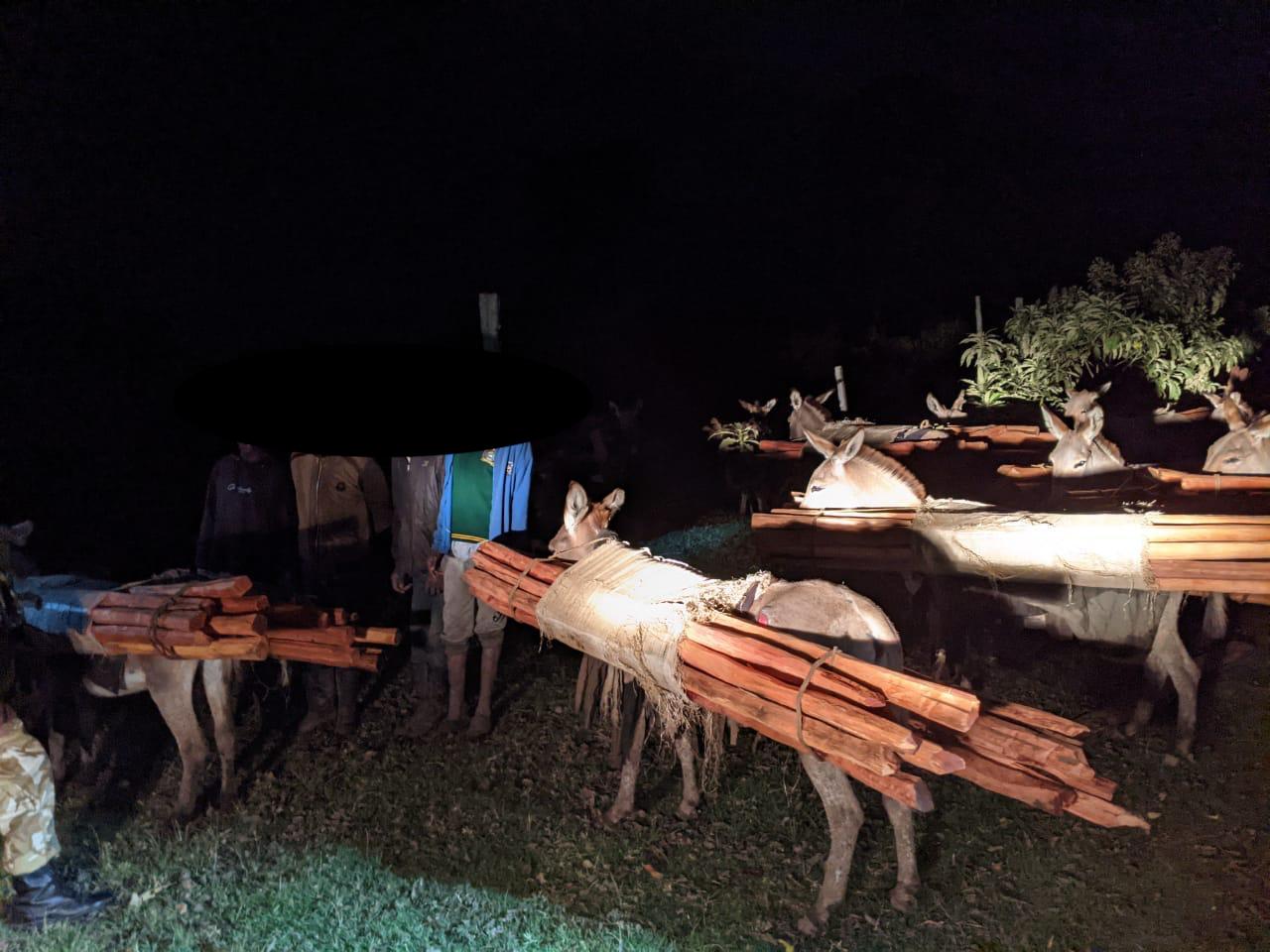
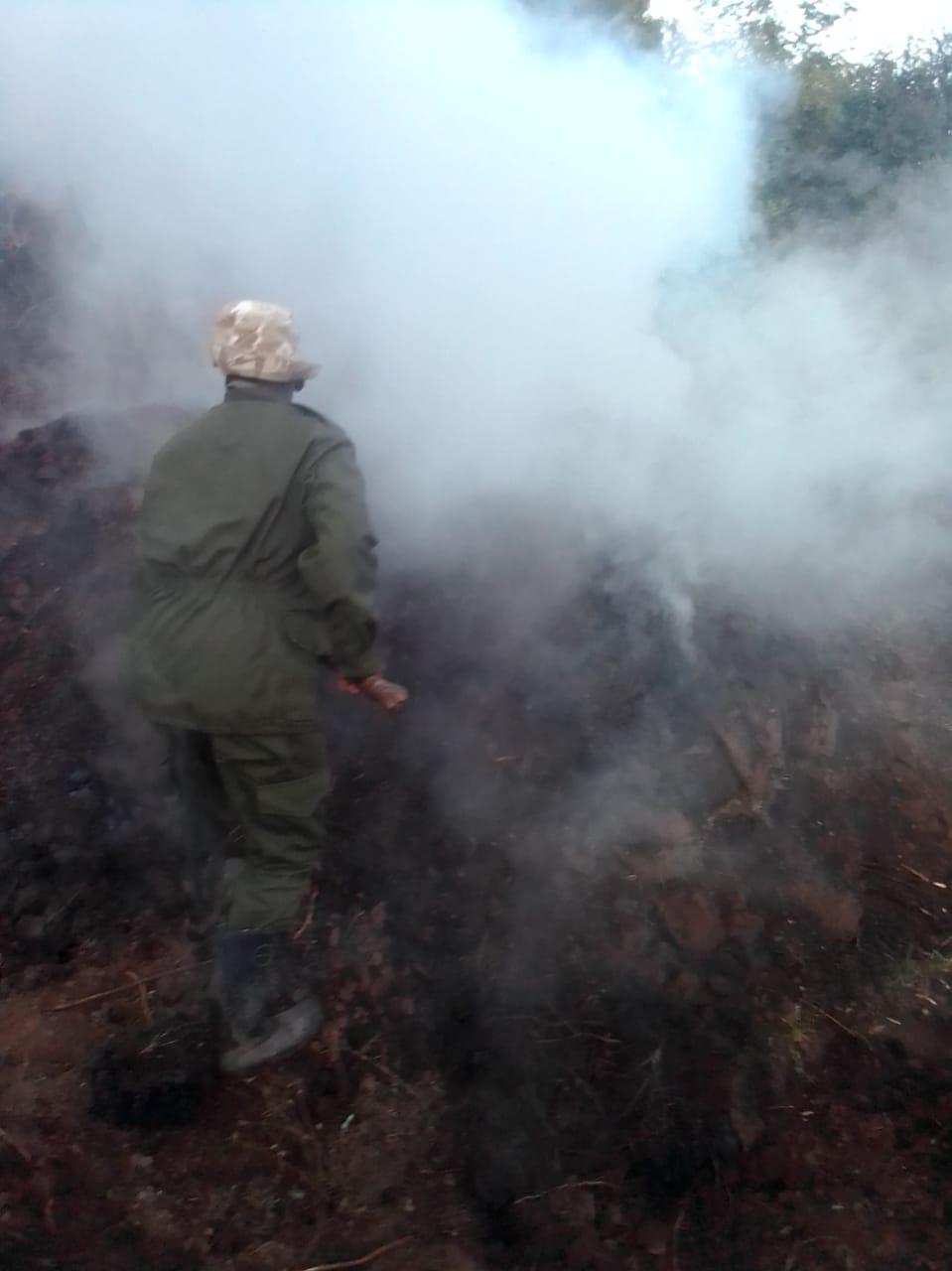
The MEP “Echo” ranger unit was called in on October 27 to remove a group of elephants from the road to allow children to cross on their way to school. They stayed by the children’s side to ensure they were safely escorted to school and kept the elephants at bay.
The MEP leased helicopter is a critical tool for our operations, and in October, this tool was used to respond to conflict, provide aerial reconnaissance to help ground teams increase protection in the Mara’s forests, and provide an immediate medical emergency flight to community members in trouble quickly and effectively.
That’s what happened on October 16 when MEP CEO Marc Goss got the call that a community member in Talek had been gored by a buffalo and needed immediate medical attention. The helicopter was able to ferry the severely injured man to Tenwek Hospital where he received the urgent care he needed. While rare, these emergency medical flights are a crucial part of MEP’s objectives to not only protect the Mara’s wildlife, but also the communities that live alongside them.
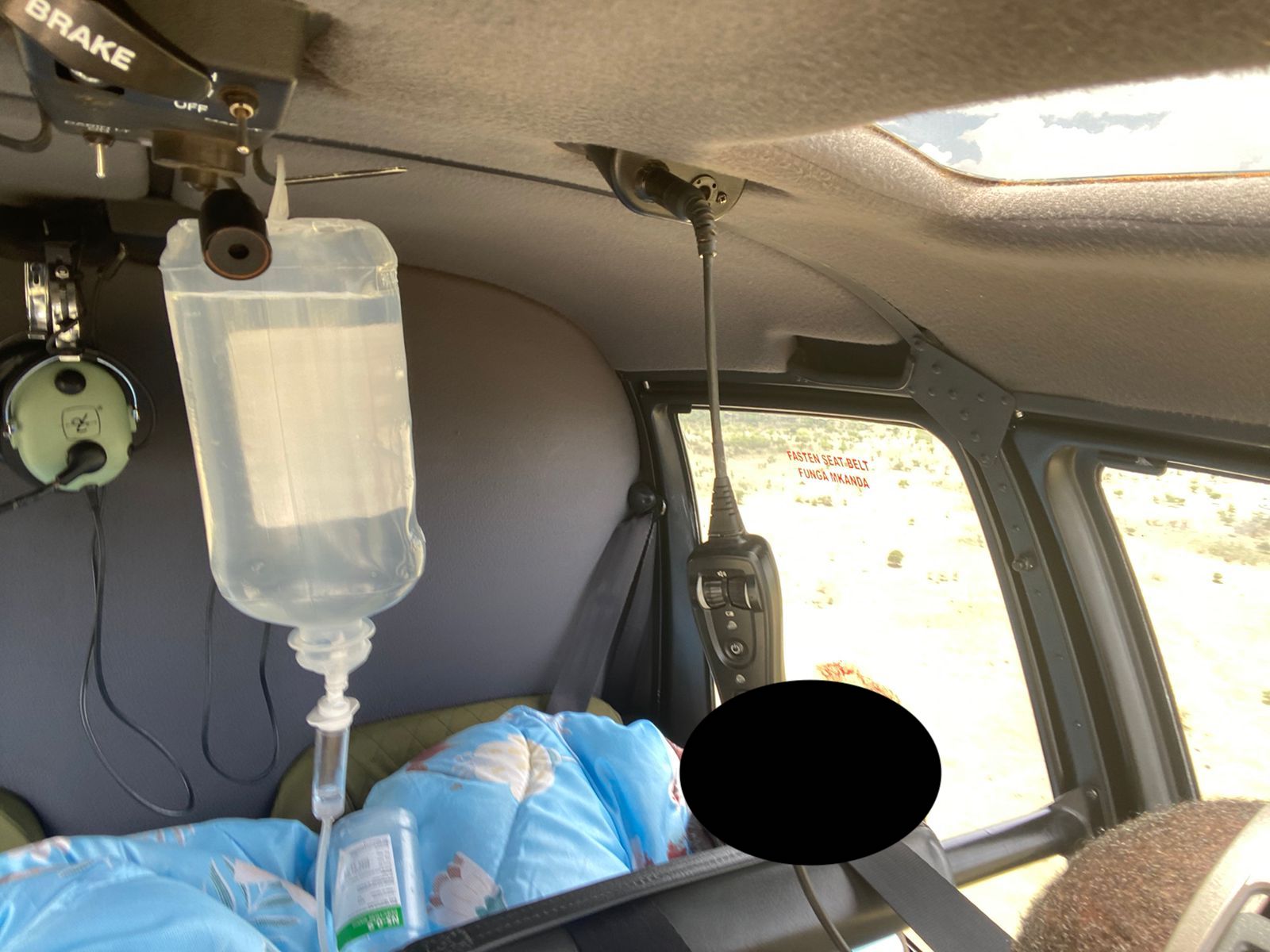

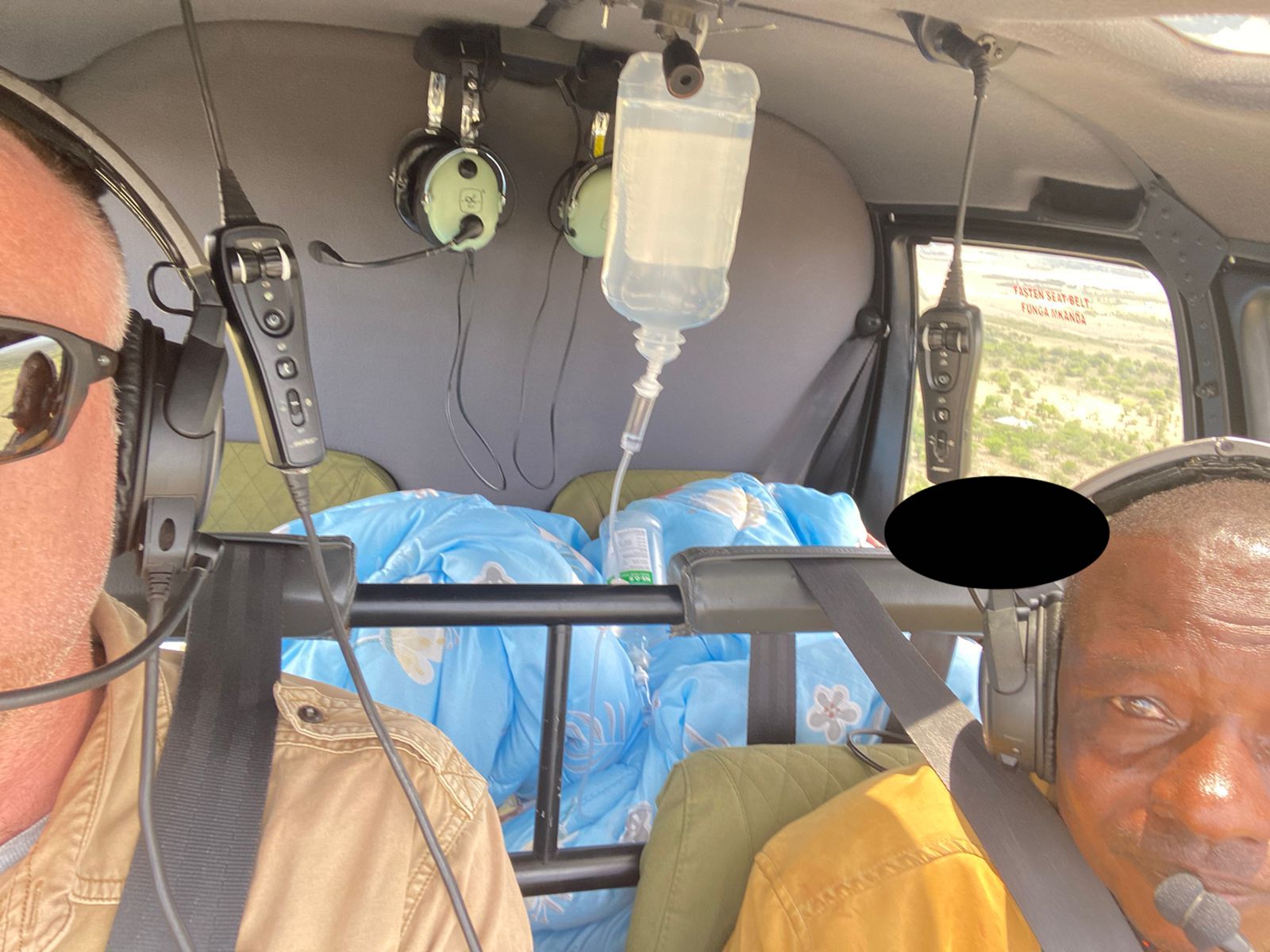
On October 25, an aerial patrol flight of the Mau Forest was conducted with partner Kenya Forest Service (KFS). During the flight, an active illegal logging site was spotted from the air and busted on the ground. The MEP “Golf” SWT Mau De-Snaring Unit, KWS and KFS recovered and destroyed 1,600 posts and 170 beams.
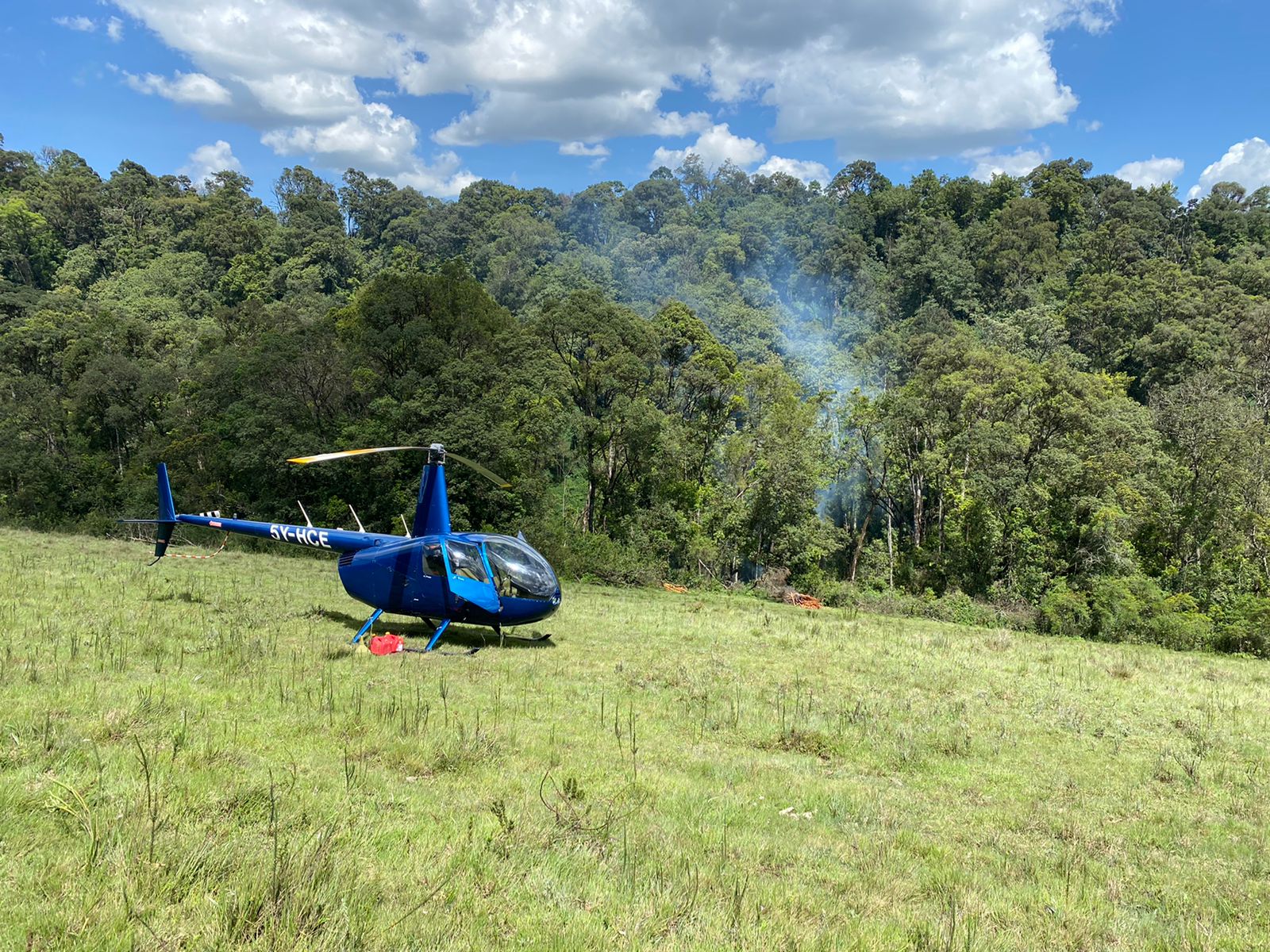
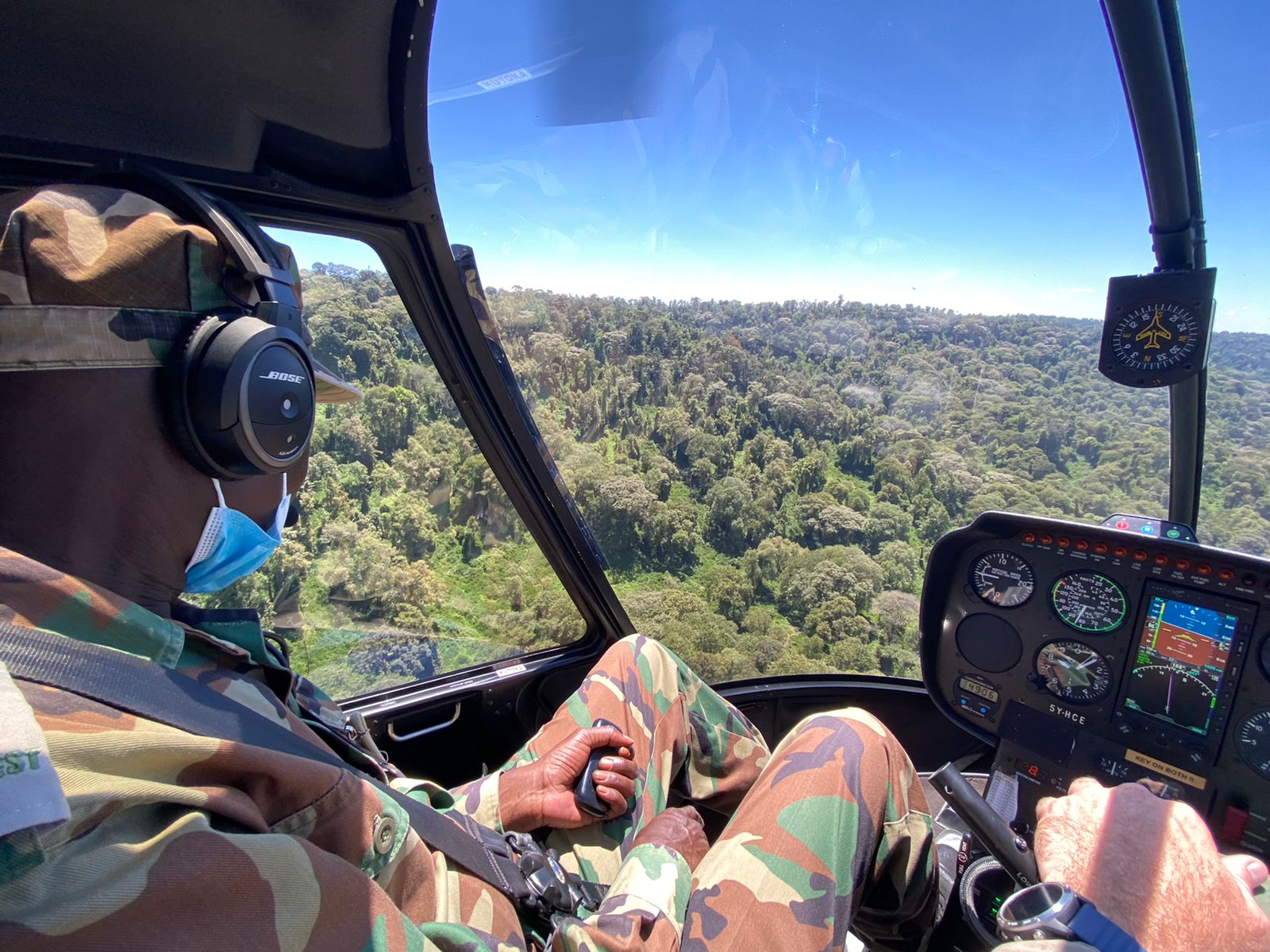

On October 21, KWS and MEP successfully re-collared Lempiris in the Ngosuani area. Lempiris was originally collared in November 2017 in Olarro Conservancy and is usually in the company of a herd of 60 elephants. His movement data has been crucial in understanding the connectivity of the conservancies to the east of the Maasai Mara National Reserve and Loita Forest and how he traverses the human settlements in between. Generally, his movement data has led elephant scientists both at KWS and MEP to investigate the impact of human settlements on elephant corridors and how the growth of towns and infrastructural developments has impacted habitat connectivity and dispersal areas. This is crucial information collected for future spatial planning of the region, which is why re-collaring Lempiris was an important objective for KWS and MEP to ensure we had data over a long-term period. The collaring operation using the MEP leased helicopter was a successful joint operation thanks to KWS Vet Dr. Limo and Olarro Conservancy.
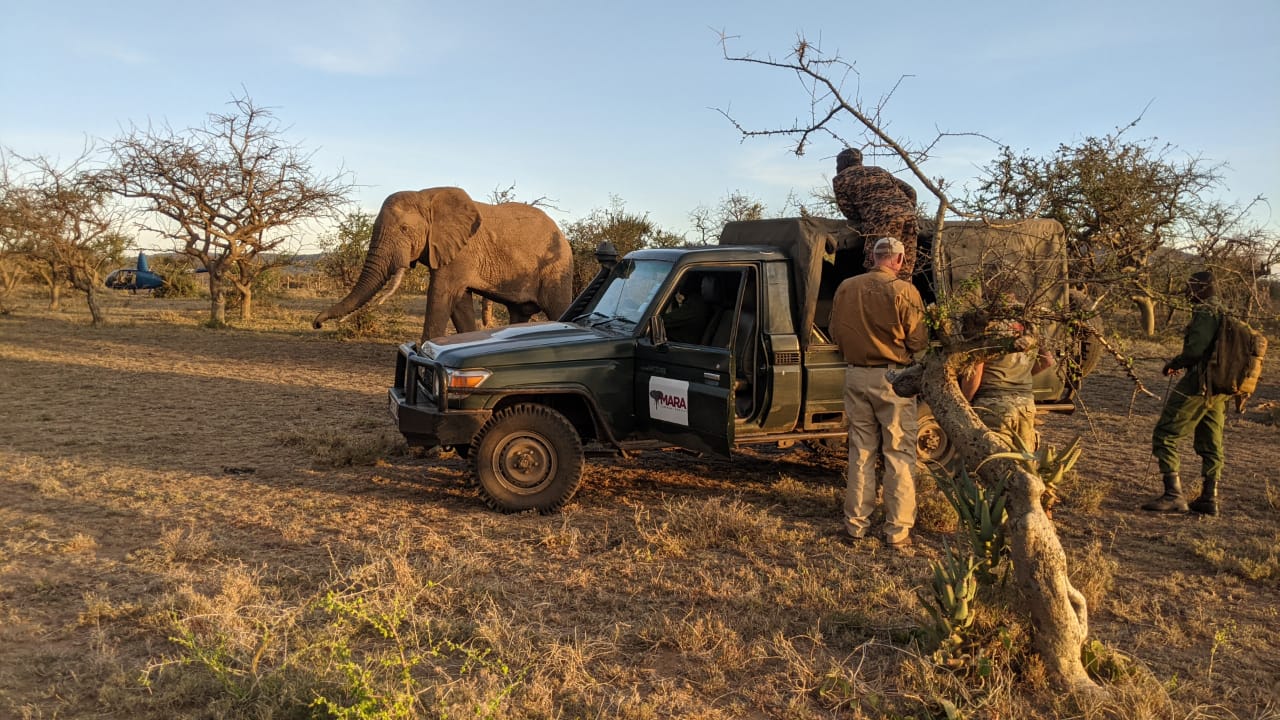
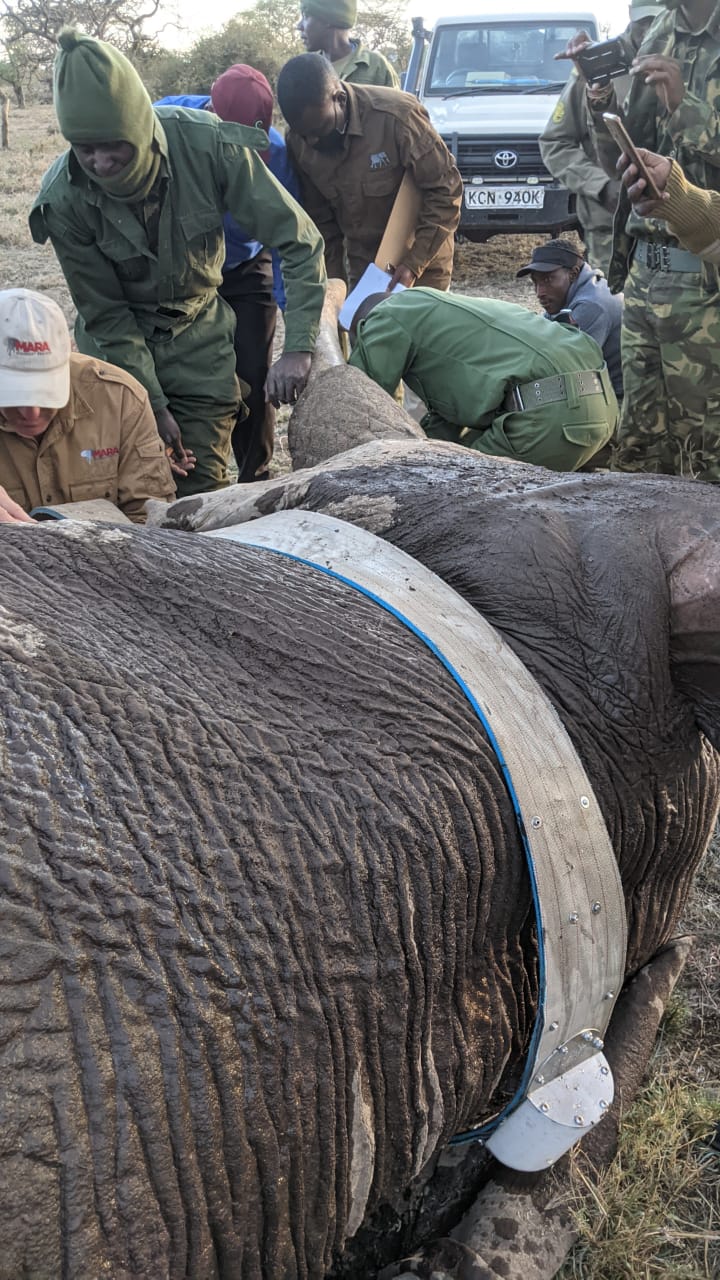
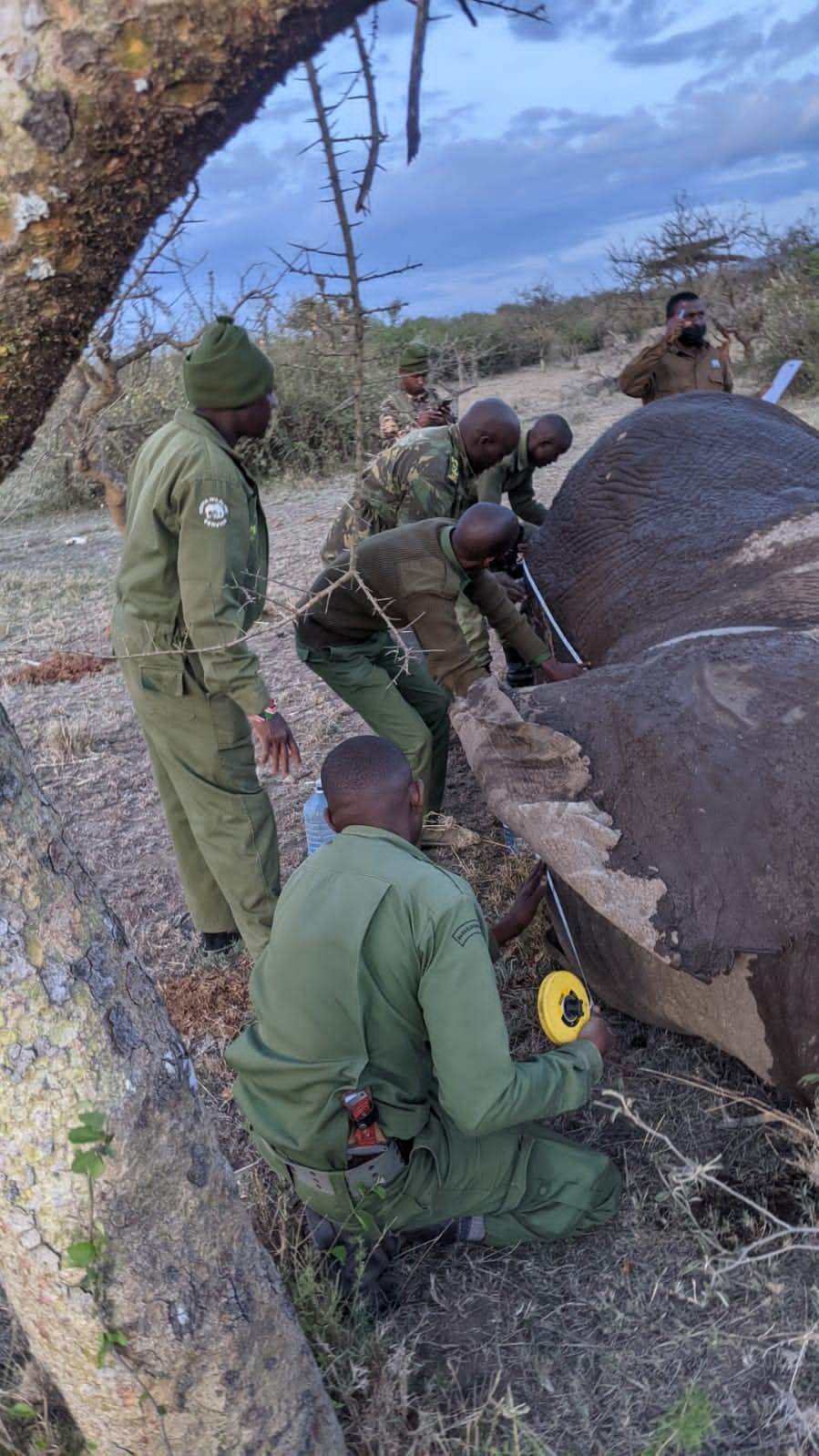
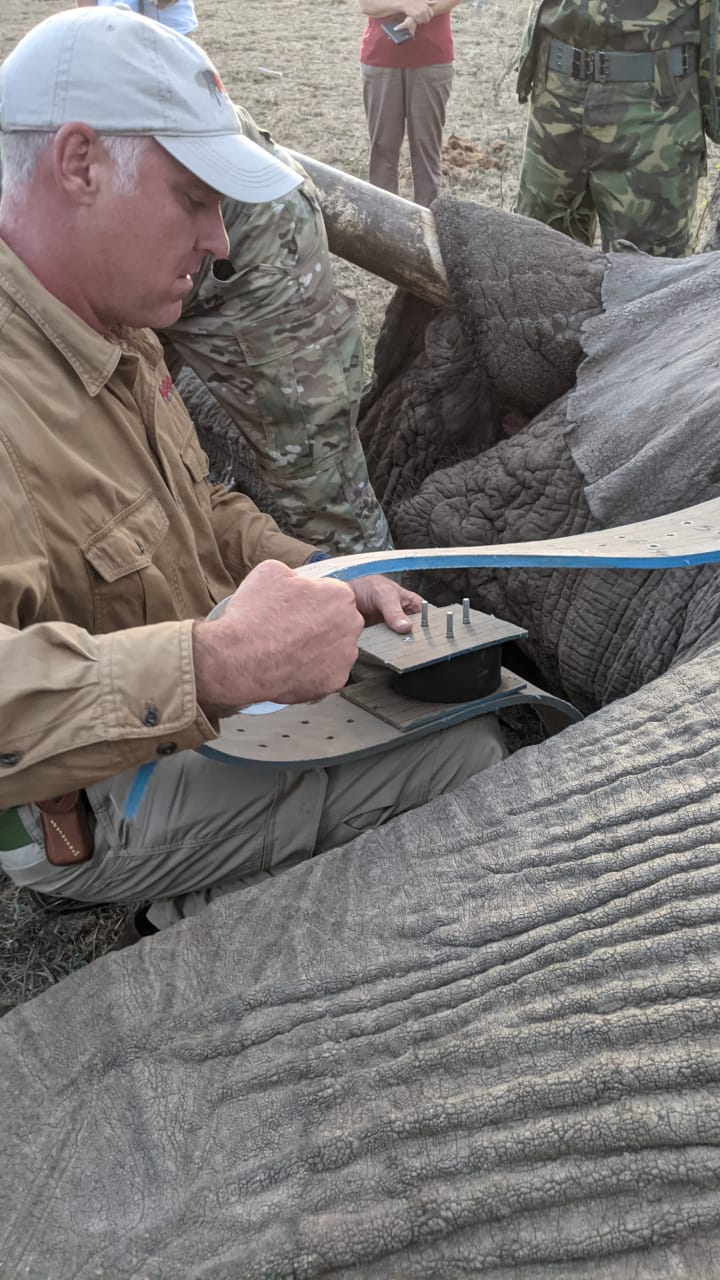
In October, MEP received a donation of 100 kg of seedballs from Seedballs Kenya courtesy of Explorers Against Extinction. We had 53 entries for the last month of the Greatest Maasai Mara photo competition. Thank you to every photographer who supported MEP in 2021, and we wish them all the best during the selection process for the 2021 winner.
A finalist for October by Pareet Shah.
A team from EarthRanger joined MEP at our headquarters in October. While here the team was able to participate in three separate elephant treatments for snare wounds and see first-hand how EarthRanger plays a role in these operations. We also discussed other functionality available (and coming on the system roadmap) that MEP will be able to use for maximum conservation impact. The research department made progress with our ‘mascropscope’ project to include functionality for calculating kernel density home ranges and their isopleth which are fundamental to understanding where elephant dispersal and core range exists based on GPS tracking data. We moved the example macroscope notebooks into the Google cloud to use the ‘Google Colaboratory’ environment making it much easier to share and run analyses. All of MEP’s field assistants are working on mapping fences, roads and landcover ground-truthing points using motorbikes and our Njia app. They recorded 229 km of fences and 75 LCC points in October.

